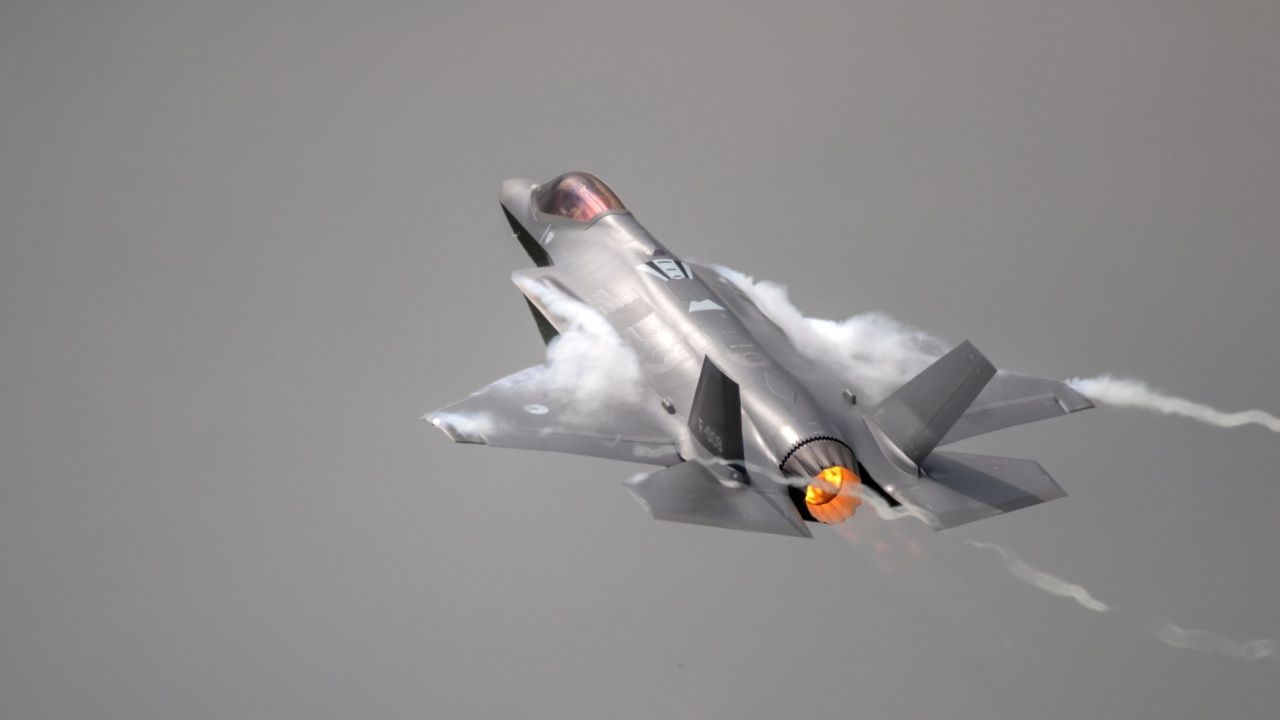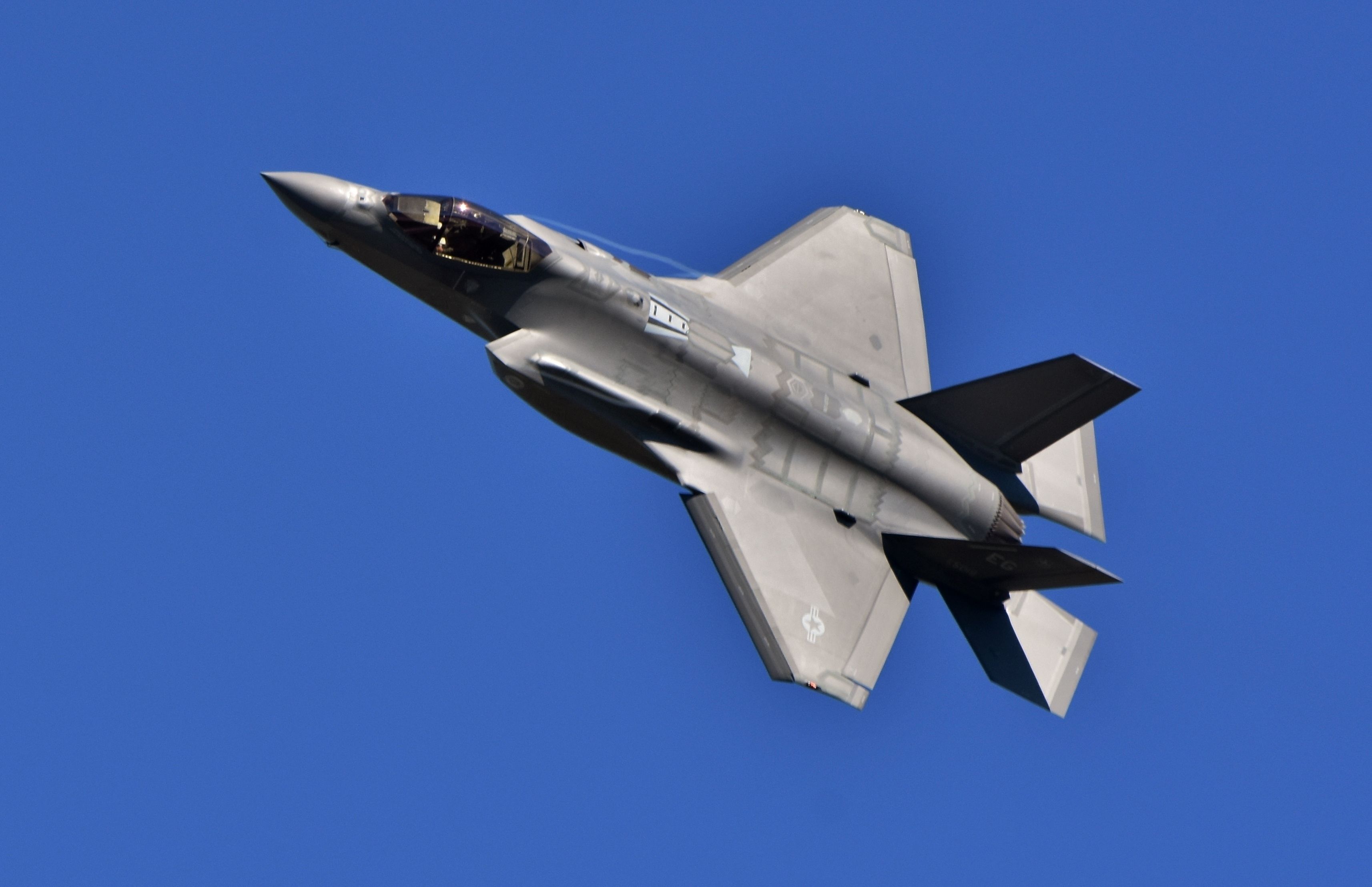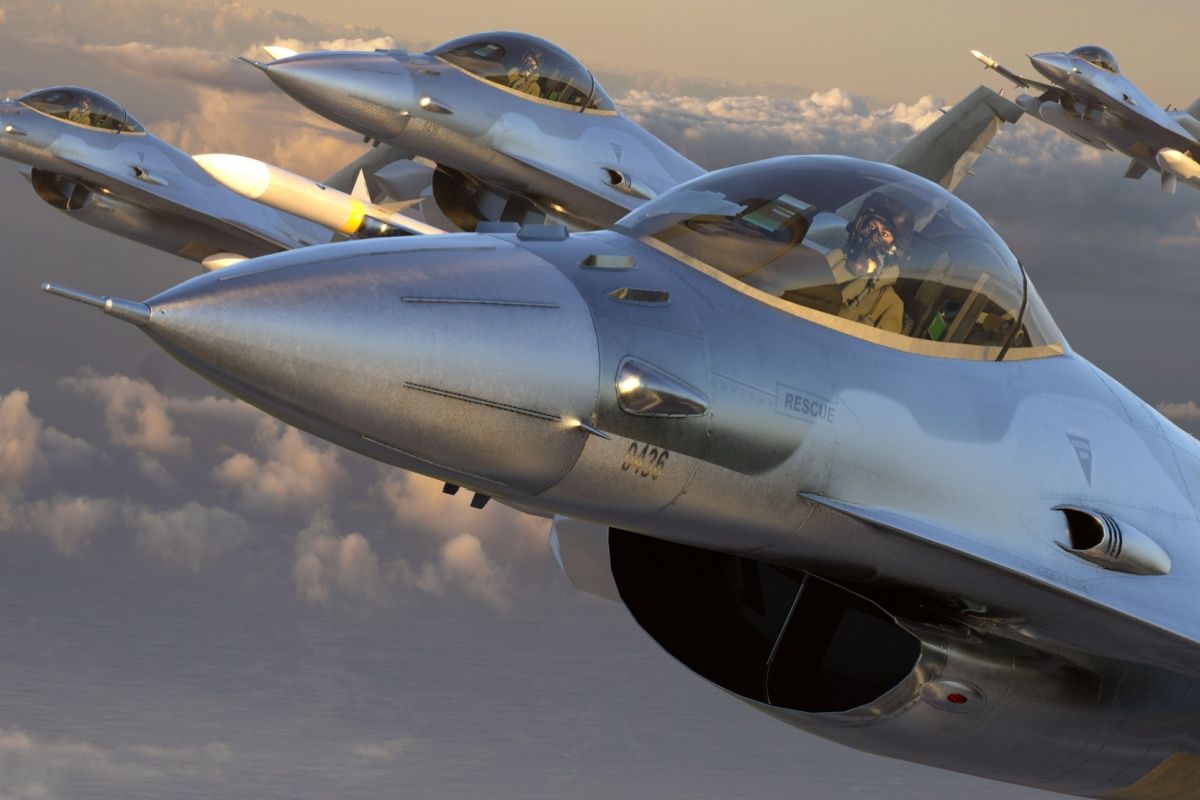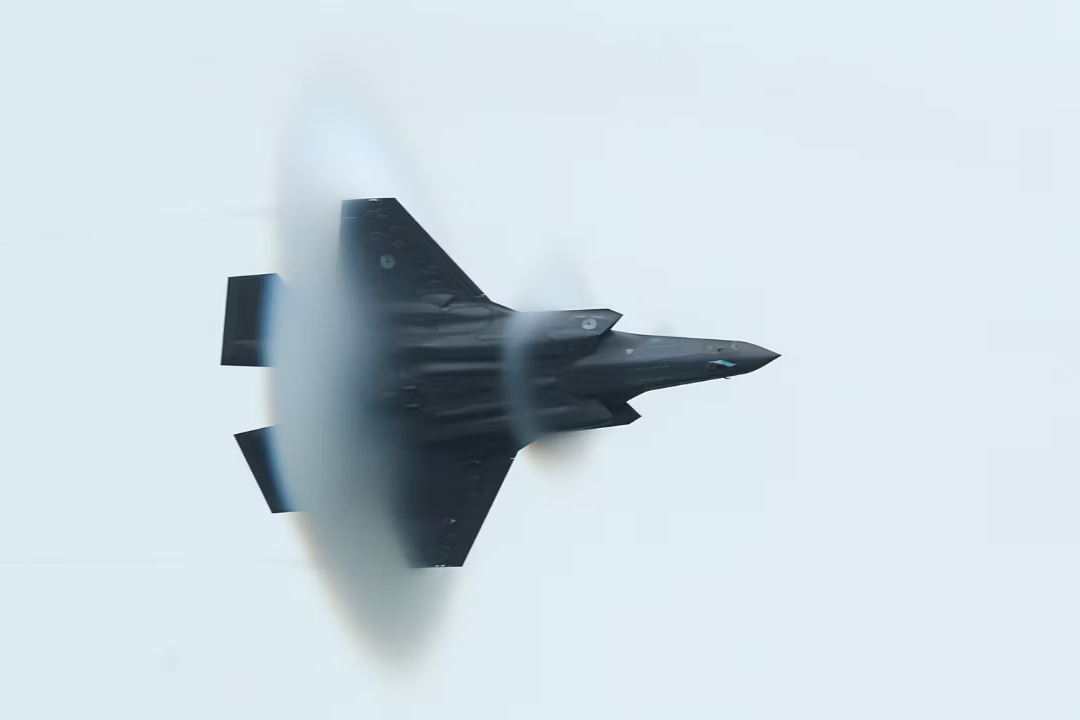Summary
- The Netherlands has fully transitioned to using F-35s for its nuclear sharing role within NATO.
- Dutch F-35As have replaced aging F-16s and are now certified to carry the B61-12 thermonuclear bomb.
- Additional European countries, like Denmark, Belgium, and Norway, are also transitioning from F-16s to F-35s.
The Netherlands has just announced that it has fully transitioned to using the F-35 Joint Strike Fighters for its nuclear sharing role. This is a long-anticipated move as The Netherlands retires and replaces its aging fleet of F-16 Fighting Falcons with modern fifth-generation F-35s. Many of its old F-16s have been pledged to Ukraine and are expected to start arriving in the country soon. While The Netherlands is not a nuclear state, it does operate a limited number of American B61-12 thermonuclear bombs under a nuclear sharing agreement.
The Netherlands using F-35s for nuclear weapons
Janes (a noted global open-source intelligence company) reported, “The Netherlands has become the first operator of the Lockheed Martin F-35 Lightning II Joint Strike Fighter (JSF) to publicly declare that its aircraft have now taken on the nuclear mission.”
Photo: US Air Force
“On 1 June 2024, the advanced fighter aircraft will fully take over the nuclear role of the Netherlands within NATO from the F-16.” – Dutch
Ministry of Defense
The Royal Netherlands Air Force (RNLAF) has now fully transitioned its nuclear deterrence missions (which it undertakes on behalf of NATO) to its F-35As. F-35As are dual-capable aircraft that can carry both conventional and nuclear weapons (the Dutch F-35As were already in use for conventional tasks). The Dutch transition to the F-35A for the nuclear role was initiated many years ago.
Photo: Michael Fitzsimmons | Shutterstock
The Dutch F-35As will now be the first nation in Europe to be fully certified to carry the B61-12 thermonuclear bomb. The F-35As have likely been operating in some operational nuclear-carrying capacity for a while. The Dutch Minister of Defense, Kajsa Ollongren, has informed the Dutch House of Representatives about the development.
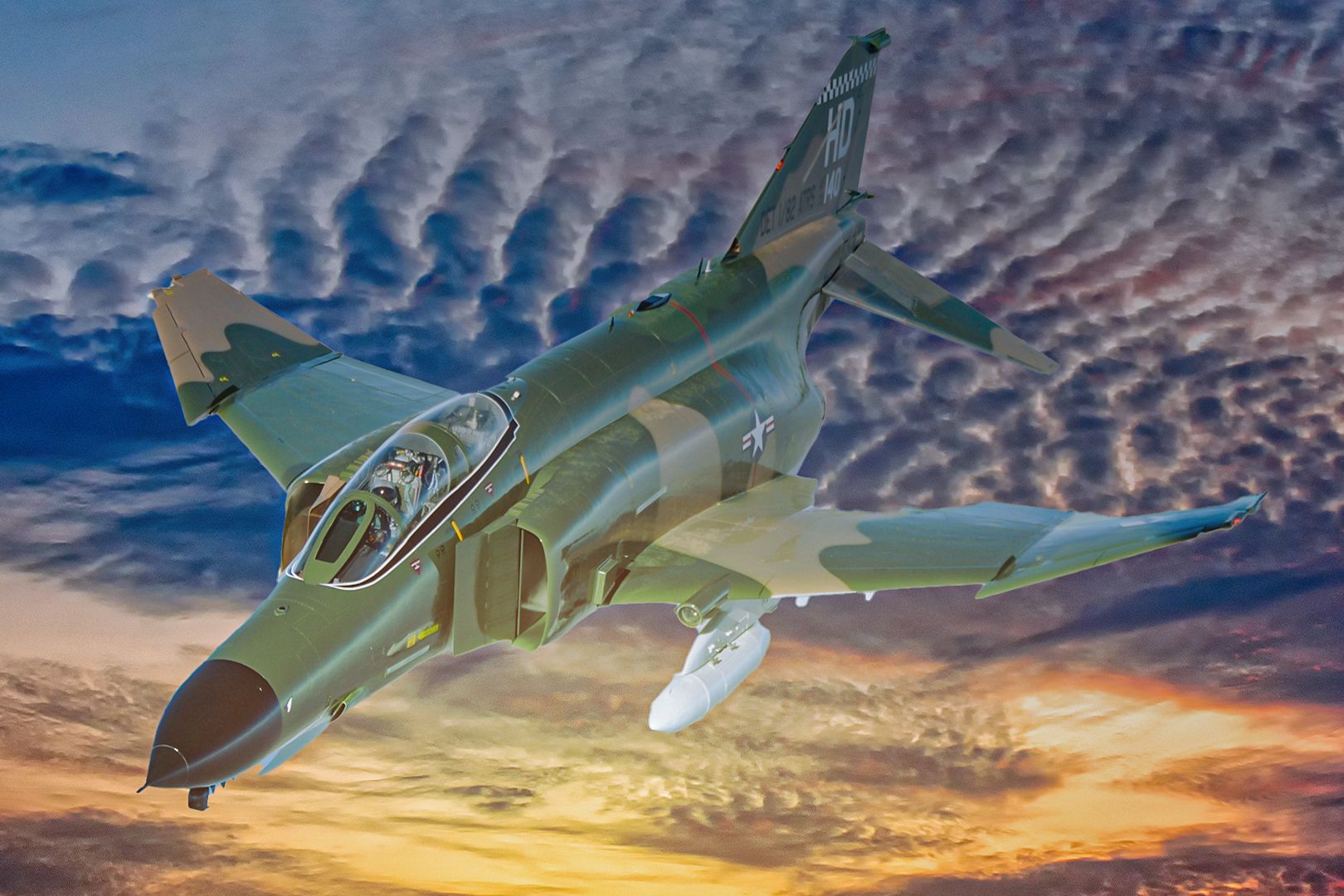
Why Is The F-35 Lightning Slower Than The 64-Year-Old F-4 Phantom?
The F-35 is significantly slower than the F-4 Phantom, and yet it is infinitely more lethal and capable.
Dutch F-35A fleet
Janes states that The Netherlands is acquiring 52 F-32A “to cover nuclear and conventional strike roles.” These advanced fighter jets are flown by two squadrons, Volkel Air Base (313 Squadron) and Leeuwarden Air Base (322 Squadron). The 313 Squadron of Volkel Air Base is responsible for the nuclear role.
The Netherlands selected the F-35 to replace its F-16 fleet of Fighting Falcons. While the F-16 boasts a stellar air-to-air combat history, it has been in use since 1979 and is aging. According to the Dutch Ministry of Defense, “operationally and technically, the aircraft is outdated, and ever since the end of the 90s, there has been a need for a new weapon system (for The Netherlands).”
The Dutch F-16s were becoming increasingly expensive to maintain and were no longer financially sustainable. The F-35 is by far the most produced and the most popular 5th-generation fighter jet in the world today. The Dutch were one of the participants in the F-35 program, and the famous Dutch aviation company, Fokker, produces some of the components for the aircraft (including cabling and housing for the drag parachute system, doors, and hatches).
Photo: Mike Mareen | Shutterstock
Denmark, Belgium, and Norway are among the other European countries retiring their F-16s as they transition to F-35s. However, other European countries are just now upgrading to F-16s (e.g., Ukraine, Slovakia, Romania, and Bulgaria).
Back in the United States, the production and delivery of F-35s are facing serious delays, mostly due to complications from the TR-3 upgrade. There are now reportedly over 100 F-35s parked at Lockheed Martin facilities, with the DoD refusing to take delivery until the problems are fixed.
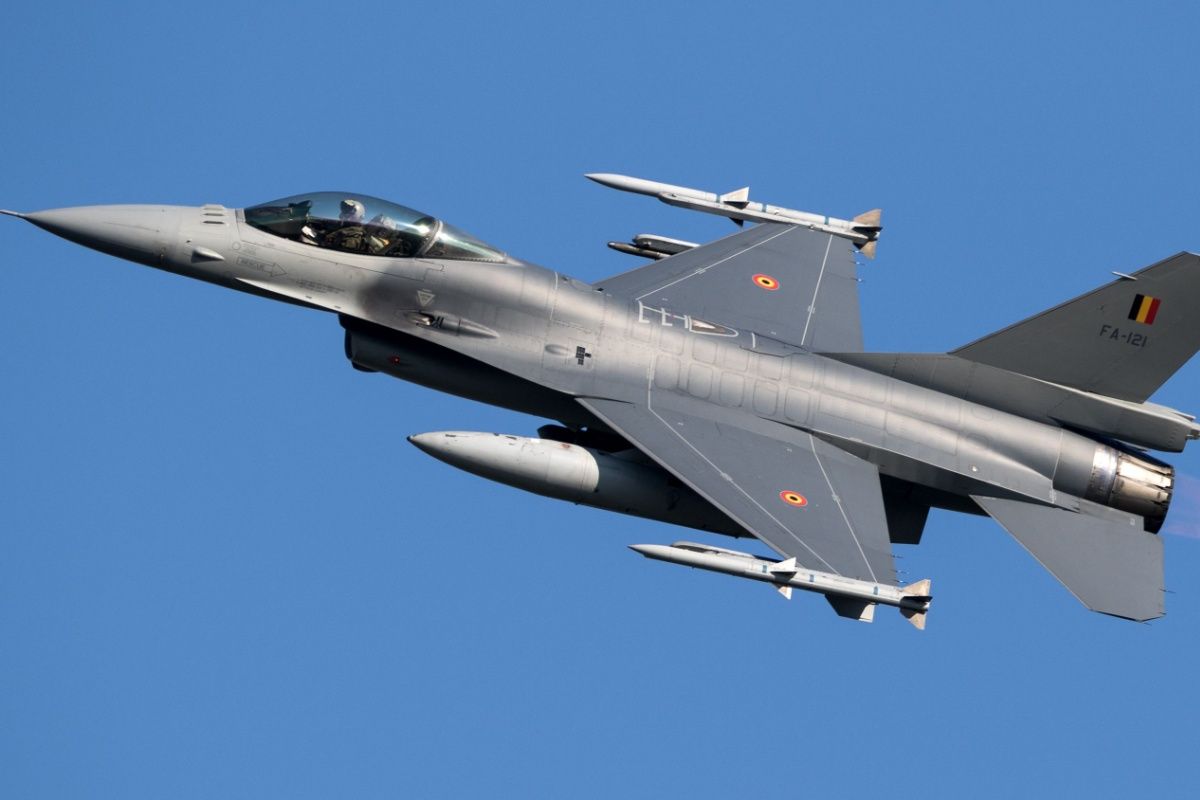
Ukrainian Air Force Gains 30 F-16s From Belgium But Can’t Fly Them Over Russia
Belgium has announced it will supply 30 F-16s to Ukraine, bringing the total to 85 (while also limiting the jets’ use).
NATO nuclear sharing
The three nuclear states of NATO are the United States, the United Kingdom, and France. However, more countries in Europe have a nuclear sharing agreement to store and maintain a select number of American nuclear weapons. Nuclear sharing helps spread the benefits, responsibilities, and risks of nuclear deterrence across the NATO alliance.
Limiting nuclear proliferation has long been a cornerstone of American foreign policy. One way the United States has achieved this is by sharing its nuclear weapons with some allies who might otherwise have felt insecure and pursued their own nuclear programs. Countries that can live under the protection of the American nuclear umbrella are less likely to feel the need to develop their own.
“To guarantee the security of its Allies, the United States has deployed a limited number of B-61 nuclear weapons to certain locations in Europe, which remain under US custody and control in full compliance with the Treaty on the Non-Proliferation of Nuclear Weapons (NPT).” –
NATO
NATO nuclear sharing enables some member nations without nuclear weapons to participate in the use of nuclear weapons by NATO. These countries store and maintain nuclear weapons based on their territory. Countries in a nuclear sharing agreement with the USA include The Netherlands, Turkey, Germany, Belgium, and Italy. Each has an estimated 20 nuclear weapons. Canada and Greece also previously had nuclear sharing agreements with the United States.
Photo: Logtnest | Shutterstock
Poland, shaken by the Russian invasion of Ukraine, has been reported by IISS as seeking to join the nuclear sharing agreement. Politico reported that Polish President Andrzej Duda said, “If our allies decide to deploy nuclear weapons as part of nuclear sharing on our territory as well, in order to strengthen the security of NATO’s eastern flank, we are ready for it.” Poland has 32 F-35A Joint Strike Fighters on order.
NATO states, “a nuclear mission can only be undertaken after explicit political approval is given by NATO’s Nuclear Planning Group (NPG) and authorization is received from the US President and UK Prime Minister.”

